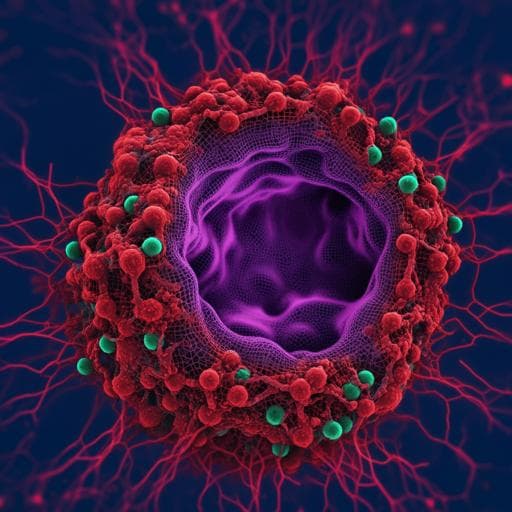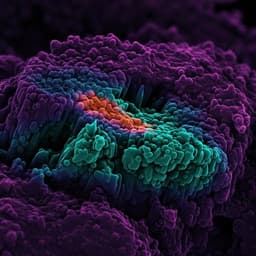
Chemistry
Optimal acceleration voltage for near-atomic resolution imaging of layer-stacked 2D polymer thin films
B. Liang, Y. Zhang, et al.
This groundbreaking study by Baokun Liang et al. demonstrates that adjusting the incident electron energy can significantly enhance the resolution of high-resolution transmission electron microscopy (HRTEM) images. With an impressive resolution of 1.9 Å at 120 kV, the research uncovers unexpected molecular interstitial defects in two imine-based 2D polymer thin films and sheds light on functional groups at pore interfaces in amorphous organic materials.
~3 min • Beginner • English
Related Publications
Explore these studies to deepen your understanding of the subject.







